how to choose a suitable trommel screen
What's trommel screen ?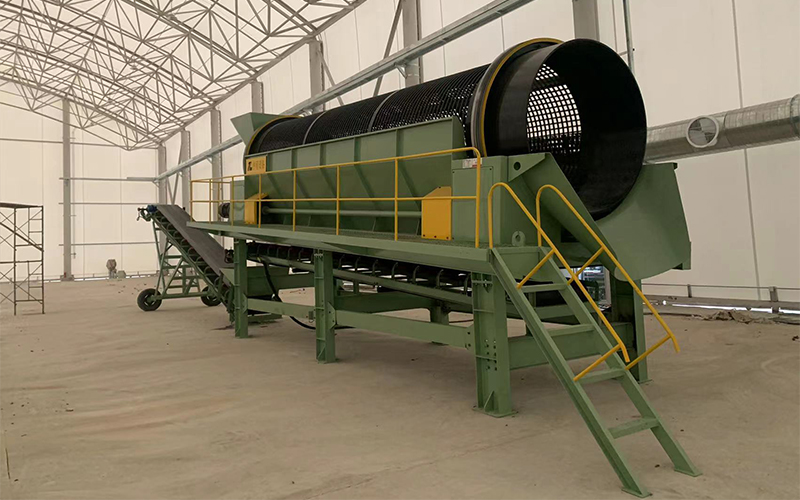
A trommel screen is a mechanical device used in waste sorting systems to separate materials based on size.
It consists of a large, rotating cylindrical drum with perforations or mesh on its surface. As the waste material
enters the trommel, the drum rotates, causing the smaller materials to fall through the holes while larger
materials are carried along the drum’s length to be discharged at the end.
How it works in waste sorting:
Feed Material: Waste materials, such as mixed municipal solid waste (MSW), construction debris, or
compostable waste, are fed into the trommel screen.
Rotation: The drum rotates, and the size of the holes in the screen determines what material will pass through.
Separation by Size: Smaller particles (like sand, dirt, or fine paper) fall through the holes, while larger items
(like plastics, wood, or metal) are retained and moved to a separate discharge point.
Efficient Sorting: This mechanical process allows for efficient segregation of materials by size, which can
then be further sorted manually or using other technologies (e.g., air classifiers, magnets, or eddy current separators).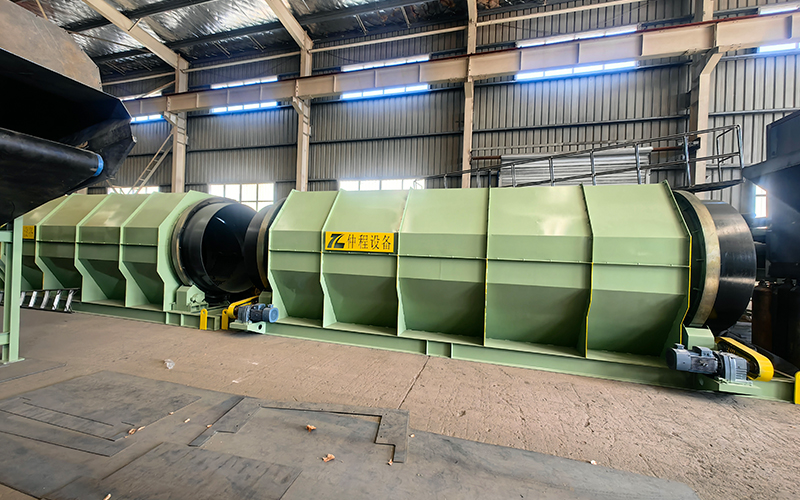
Advantages:
High Throughput: Trommel screens can handle large volumes of material quickly, making them suitable for
high-capacity waste sorting.
Simple Design: They have a relatively simple construction, which reduces maintenance costs.
Versatility: They can sort a wide range of materials, including compostable waste, recyclables, and construction
materials, depending on the size of the screen holes.
Applications:
Municipal Solid Waste (MSW) Sorting: For separating recyclables (plastics, metals) from organic waste.
Construction and Demolition (C&D) Waste: For separating wood, metal, and other recyclables.
Composting: To separate large organic materials before composting.
In summary, a trommel screen is an effective tool in waste management systems to separate materials by size,
helping to streamline recycling and waste processing.
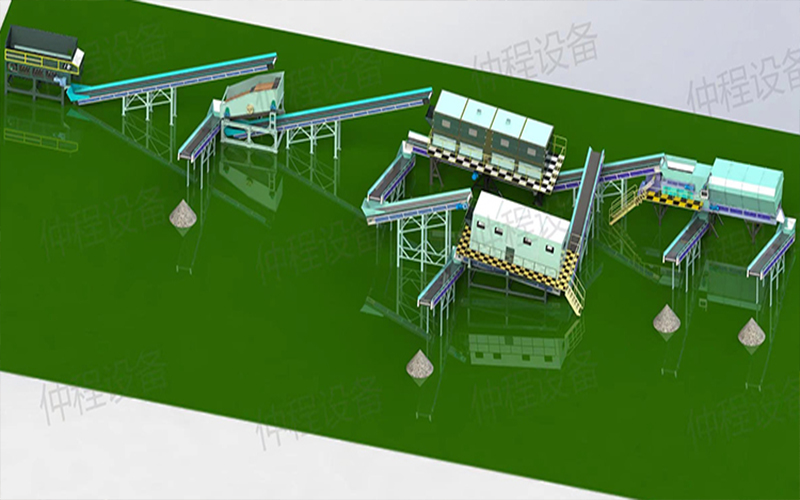
Choosing a suitable trommel screen for waste sorting or material processing depends on several factors that align
with your specific needs. Here are the key considerations to make when selecting the right trommel screen:
1. Material Type
Type of waste: Consider the type of material you're processing. Are you dealing with mixed municipal solid waste
(MSW), construction debris, compostable materials, or something else?
Material characteristics: The size, weight, abrasiveness, and moisture content of the material will affect the choice
of trommel. For example, wet materials like organic waste may require a different drum construction compared to
dry or heavy materials like construction debris.
2. Screen Size & Hole Diameter
Separation Requirements: Determine the desired size of the material you want to separate. The screen's hole size
will define the maximum and minimum particle sizes that will pass through.
Customizability: Some trommel screens come with interchangeable screen panels that allow you to adjust hole sizes
according to the material being processed.
Efficiency of Separation: A smaller hole diameter provides finer separation but can reduce throughput, while larger
holes increase throughput but might result in less precise separation.
3. Capacity (Throughput)
Processing Volume: Trommel screens are available in different sizes, from small units for low-capacity operations
to large systems that can handle hundreds of tons of material per hour.
Material Flow: Estimate the flow rate of your material to ensure the trommel can handle the required capacity without
clogging or excessive wear. You may need a larger screen for high-volume processing or for material with high
moisture content.
4. Drum Length and Diameter
Screening Efficiency: A longer drum allows for a more gradual and thorough screening process, ensuring better
separation. However, it requires more space and may increase cost.
Space and Layout: If space is limited, you might need a trommel with a shorter drum or one that is more compact
but still efficient for your sorting needs.
5. Material Flow Path
Inclination Angle: Trommel screens can be set at different angles of incline. The steeper the incline, the quicker the
material will travel through the drum, but the efficiency of screening may decrease. A flatter angle may offer more
time for separation but might require more space.
Drum Speed: Faster rotation speeds can improve throughput but may reduce the separation quality. Slower speeds
allow for better classification but may decrease the processing capacity.
6. Durability and Construction Materials
Build Quality: Ensure that the trommel is made from durable materials, especially for processing abrasive materials
like construction waste. Stainless steel, for example, is more resistant to corrosion and wear.
Maintenance Considerations: Look for a trommel that is easy to maintain and repair. Parts like screens, motors, and
bearings should be readily available.
7. Power Requirements
Motor Power: Trommel screens are powered by motors that vary in size depending on the screen's capacity. Consider
the power requirements of the system to ensure it aligns with your energy budget and available power sources.
Energy Efficiency: Select a trommel screen that is energy-efficient, especially if you are processing large volumes
of material continuously.
8. Automation and Controls
Control Systems: Some trommels come with automated control systems that allow operators to adjust settings such
as drum speed, inclination, and feed rate to optimize performance.
Automation for Waste Sorting: If you need advanced sorting (e.g., separating specific types of recyclable materials),
look for trommels that integrate well with other sorting technologies (like air classifiers, magnetic separators, or eddy
current separators).
9. Environmental Considerations
Dust and Noise Control: Consider trommels that include dust suppression systems or noise reduction features,
particularly in urban or environmentally sensitive areas.
Waste Stream Compatibility: Choose a trommel designed for the specific waste stream you're processing, whether it's
recyclables, compostable waste, or hazardous materials.
10. Cost & Budget
Initial Investment: Larger, more complex trommel screens tend to be more expensive, so consider your budget. It’s
important to balance upfront costs with long-term operational costs, including maintenance and energy consumption.
Return on Investment (ROI): Factor in the expected lifespan of the equipment and the efficiency gains it brings to
your sorting process.
11. Mobility
Fixed vs. Mobile Trommels: If your waste processing facility is not fixed, you may need a mobile trommel that can
be easily transported and set up at different locations.
12. Manufacturer Reputation and Support
Brand and Support: Choose a reputable manufacturer with good customer support and after-sales service. Consider
warranty options and the availability of spare parts.
-
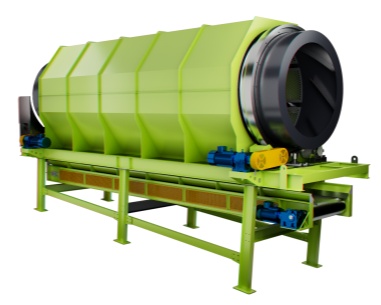 Trommel screenTrommel screen, also known as drum screens, are widely used in various industries for sorting and separating materials.Get Quote
Trommel screenTrommel screen, also known as drum screens, are widely used in various industries for sorting and separating materials.Get Quote -
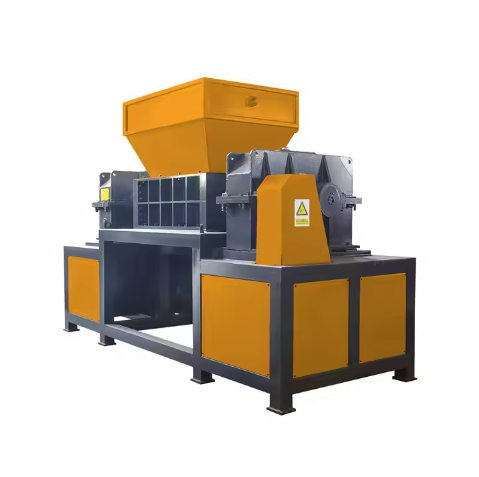 Crop straw double shaft shreddApplications:Biomass Energy Production: Shredded straw can be used as a feedstock for bioenergy plants to produce electricity or heat.Livestock Feed: Reduced-si...Get Quote
Crop straw double shaft shreddApplications:Biomass Energy Production: Shredded straw can be used as a feedstock for bioenergy plants to produce electricity or heat.Livestock Feed: Reduced-si...Get Quote -
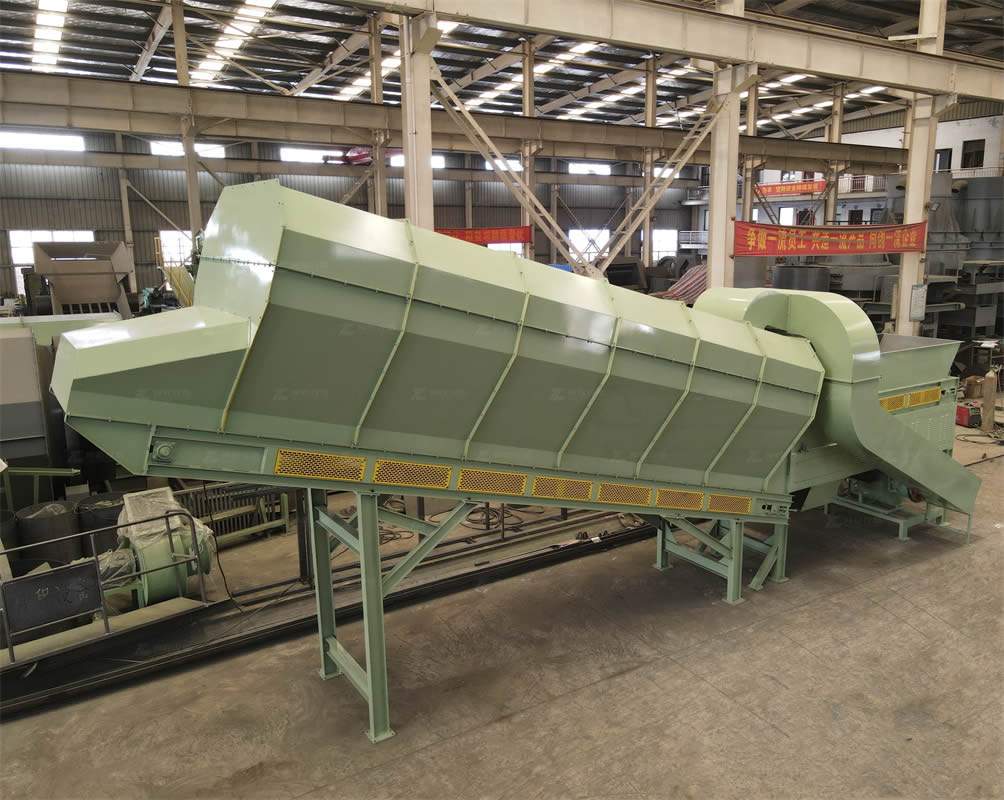 Zhongcheng Air Drum SeparatorAir drum separators effectively separate lightweight materials (e.g., plastics, paper) from heavier materials (e.g., metals, glass). This high efficiency is cru...Get Quote
Zhongcheng Air Drum SeparatorAir drum separators effectively separate lightweight materials (e.g., plastics, paper) from heavier materials (e.g., metals, glass). This high efficiency is cru...Get Quote
-
2024-07-16Drum screen garbage processing machine for msw recyclingManaging municipal solid waste (MSW) efficiently is crucial for urban areas. Drum screen garbage processing machines are a game-changer in this field. They ensu...
-
2024-05-28Garbage screening drum screenTrommel screen is consisting of five parts: drum, frame, hopper, reducer and motor.After the material goes into the drum, it is screened along with the rotation...
-
2023-01-12Horizontal Semi-Auto Hydraulic BalerSemi automatic balers are used across the logistics, recycling and manufacturing sectors to process large volumes of waste materials such as cardboard, film, pa...
-
2024-04-25Recycling Finger ScreensFinger screen is a type of screening equipment used to separate materials based on size. Unlike traditional screens, finger screens consist of a series of paral...
-
2024-08-28Scrap rubber product shredderThe shredder of waste rubber products not only helps to reduce environmental pollution, but also improves the reuse rate of waste rubber, which is one of the im...



